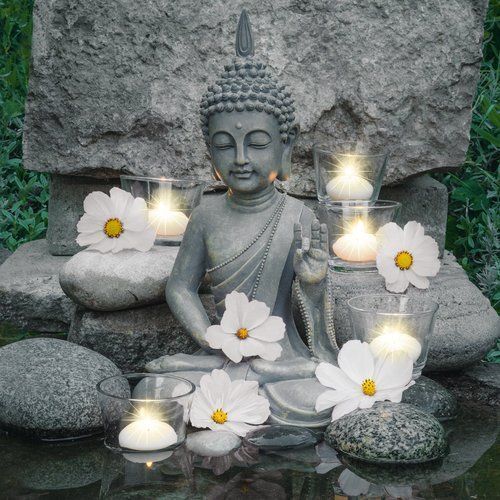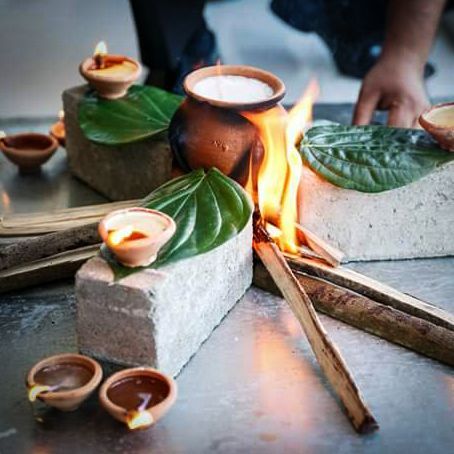#Sinhalese
Text

Yaktovil dancer, Sri Lanka, by Chris Roe
#sinhalese#sri lanka#asia#south asia#folk clothing#traditional clothing#cultural clothing#traditional fashion
228 notes
·
View notes
Note
hi, i hope i am not crossing a line, please ignore if this is bad question. i am just curious
in one of your posts u said your caste is karava. this is the first time i am hearing a sinhalese talk about caste (i speak tamil and never really felt confident in my sinhala to make sinhalese friends)
can you explain about the castes or tell me where find information about it
Caste is a fucked up concept across the board, obviously, but Sinhalese castes are different from Tamil Hindu in that they involve the cultural and socio-political organisation of the Sinhalese community, and has no connection to religious scripture.
There are thirteen castes that still exist today. We used to be a chiefly agrarian society, so the majority of Sinhalese are Govigama ("Govi" means farming) and they're the kind of "bourgeoisie" of the social order in that few are above them and anyone else is below them. Those that rank below them are castes like Bathgama and Kinnara (who are meant to be agricultural labourers) Vahampura (something to do with making cinnamon or treacle) Navadanna (artisans, especially makers of jewelry) and Rada (launderers). Radala is the caste of the nobility, and afaik the only one above Govigama. They're all from highlands of Kandy, the last Sinhalese holdout against the Europeans for about 200 years. There's no nobility among the lowlanders (between the Portuguese, Dutch and British, they were either killed, assimilated or fled to Kandy) so the Govigama caste is the highest one everywhere else. This means Govigama used to be the only one that was qualified to join the Theravada Buddhist priesthood* and also receive education and job opportunities as government servants—right up until the mid-20th century, when the karava gentry turned into robber barons under the British Empire's demand for cash crops.
Karava people are the majority inhabitants in the Southern coastal lands, which are predominantly Sinhalese Buddhist, as opposed to the Tamil lands of the Northern coast (Eelam really) and the proliferation of sparsely-populated Muslim communities in the rest of the coastal belt. Karava is called the fisherfolk caste by the rest of country, despite their own strong objections. Caste is reckoned patrilineally. I'm Karava through my Dad and I married into a Karava family. Nearly every Karava person I know insists that we're actually the warrior caste and were given the coastal lands as reward for our service to the king. I'm sure there's a legitimate case to be made for this, (this site keeps being referred to me) but I don't care enough to find out because the Karava insistence that being called fisherfolk is a Govigama conspiracy is incredibly funny. I mean, it could be true, what do I know, but so much of the cope and seethe stem from our lingering inferiority complex and resentment at having been treated as inferior until a few decades ago. After being ground under the Radala and Govigama feet along with the rest for ages beyond record, suddenly us lowlanders were rolling in money from our toddy, coconut and rubber plantations, matching or surpassing the wealth of the nobility. We were chasing off Tamil and Muslim minorities to establish our own lost cultural capitals in Anuradhapura and Pollonnaruwa that predated the Kandyan kingdom and making our own sect of the Buddhist priesthood (Amarapura Nikaya) that would ordain Karava people. The robber baron types also got very chummy with the British colonial administration and were awarded cushy jobs in government over the Govigama, who still disdained industrialization and commerce. (To this day my mother's family looks down on business people no matter how rich. Merchants are considered grasping and untrustworthy.) By the time of Sri Lanka's independence from the British in 1948, we had two varieties of equally rich, snooty, virulently ethnonationalist Sinhalese elites who had gotten ahead by selling us out to the British, but with the highland Radala still believing they were too pure-blooded to mix with the hoi polloi and the lowland Karava resentful at being considered the polloi no matter how hoi they'd become. Post-independence, Sri Lanka's adoption of free education and free state universities saw masses of lowlanders, Karava, Durava and Salagama all, sending their kids to university to attain upwardly mobile careers in engineering, medicine and teaching. "If the boy is Karava he's probably in engineering" is a common joke. It's a clear shift away from our rural agrarian roots into urban sprawl and high socio-economic competition in place of social stratification.
We also have a caste of Untouchables called the Rodiya. In ancient times, you and all your family being stripped of their lands and titles and banished into the Rodi Rahaya was one of the punishments reserved for the noble houses that ran afoul of the monarchy. It condemned your entire lineage forever. This was such a dire fate that some would have favoured execution.
Rodiyas were not permitted to cross a ferry, to draw water at a well, to enter a village, to till land, or learn a trade, as no recognised caste could deal or hold intercourse with a Rodiya [...] They were forced to subsist on alms or such gifts as they might receive for protecting the fields from wild beasts or burying the carcasses of dead cattle; but they were not allowed to come within a fenced field even to beg [...] They were prohibited from wearing a cloth on their heads, and neither men nor women were allowed to cover their bodies above the waist or below the knee. If benighted they dare not lie down in a shed appropriated to other travellers, but hid themselves in caves or deserted watch-huts. Though nominally Buddhists, they were not allowed to go into a temple, and could only pray "standing afar off"
(Source)
Allegations of witchcraft and cannibalism aside, the Rodiyas themselves were known to be a proud folk that considered themselves the pure-blooded descendants of the royalty that were punished this way. Here's a Reddit post that expounds on them more, along with photographs. It seems that the strictures against covering up had fallen away between the turn of the 20th century and the '70s. Not much is known about their current living conditions, but I believe that, like India's own Untouchables and the low caste of Eelam's Tamil Hindus, they must have converted to Christianity to escape the stigma.
Casteism is still somewhat of a problem in the Sinhalese community, but it's lessening every generation. My maternal grandparents weren't entirely happy about my mother marrying my Karava father but conceded because he was an engineer with a stable career. My older cousin had to fight his Karava family to marry his school sweetheart because she was both poor and Bathgama caste (I think "Padu" might be a derogatory name for it). The fact that he succeeded is noteworthy because it would have been a huge scandal in my parents' time. The Radalas are still a bunch of insular dipshits who try to keel over and die if one of them tries to marry out. But many of them are also migrating abroad so Idk if it's too much to hope that they leave the caste shit behind when they assimilate into Western society. It certainly hasn't worked for the Brahmin Indians. But the outlook is better for the rest of us.
*There is no caste system in Buddhism. The Buddha in fact was an egalitarian social reformer who advocated against the Vedic caste system and ordained Untouchables as well as women. So obviously the Theravadin priesthood of Sri Lanka, that bastion of the Buddha's Word, would make sure that only high caste men could ever be ordained. Love the fact that the Karava social revolution just made sure they had their own sect instead of, y'know, pushing for anything more equitable. I always say that if we really want to protect Buddhism we have to abolish the Sinhalese.
#sri lankan culture#casteism#castes#anthropology#south asia#desi tag#sri lanka#sinhalese#govigama#karava#sinhalese culture#society and culture#knee of huss#asks#anon
41 notes
·
View notes
Text
Heya lovelies,
So ya gurl’s kinda an indecisive bitch.😅😅😅
Help me choose what to write next!!!
On a side note:
I will be writing some Simon “Ghost” Riley content, but this will purely be for my Sri Lankan (or from said background) girlies (gotta represent the girlies).
As it’s going to be Sinhalese new year in a couple of days, hahaha.
And I’m craving some fluffy Ghost content.
And maybe after that, some non-related smutty fic for Ghost 🤭🤭🤭
Okie, that’s it!!
Till’ then
Stay Coquette-y,
Anya 🫶🏽🕊️🎀
#bucky barnes x reader#bucky barnes#bucky barnes smut#bucky barnes x you#james bucky barnes#bucky barnes au#sebastian stan#simon ghost riley#simon ghost riley x reader#simon riley#sinhalese#Srilankan!Reader
19 notes
·
View notes
Text
1. Ge’ez Script
Ge’ez language is now generally only used as a liturgical language for Ethiopian Orthodox Church. Ge’ez script is used in Amharic, Tigrinya, Bilen, etc.
The Ge’ez script is an alphasyllabic writing system. The syllabary today has 26 consonantal letters with several forms vowel are diacritic marks fused to the letter.
2. Quipu
Incan Empire quipus were recording devices made from string. They were used to record mainly numerical data, such as taxes, census numbers, and calendrical information
These data were recorded onto the string in a series of knots of different types, each denoting different numbers.
3. Tengwar
J.R.R Tolkien writing systems created by J.R.R Tolkien an avid linguist who added his expertise in the field to his creative works of fiction.
One of several writing systems for the languages used in Middle Earth.
4. Rongorongo
Found on Rapa Nui AKA Easter Island. Rongorongo is a series of glyphs about which we know virtually nothing.
5. Sinhala Script
Used by the Sri Lankans to write the Sinhalese language, as well as the holy languages of Pali and Sanskrit, the Sinhala script is easily one of the most beautiful scripts in the world. It is used by the 16 million Sinhala speakers of Sri Lanka.
The Sinhala script is a syllabary and is written from left to right.
6. Classical Mongolian Script
This writing system enjoyed prominence throughout Mongolia for over 700 years until it was supplanted by the Cyrillic script, a result of being within the Soviet sphere of influence.
Invented by a Uyghur scribe by the name of Tata-Tongoone. Classical Mongolian of the few systems to be written vertically and left to right instead of right to left.
7. Nüshu
Used in Jiangyong County in Hunan Province in Southern China. Because of strict laws of patriarchal Confucianism that forbade women from doing many things.Women invented a writing system that they could claim as their own and as a way of rebelling against the patriarchal system
Nüshu was born and was used for writing personal diaries and letters between close female friends. It has 600 to 700 symbols represent a phonetic syllable.
#language#history#linguistics#writing script#list#international#geez#quipu#Mongolian#sinhalese#conlang#rongorongo script
7 notes
·
View notes
Text

Sinhalese dancers from Ceylon, Sri Lanka
British vintage postcard
#historic#photo#briefkaart#vintage#british#lanka#sepia#dancers#photography#carte postale#postcard#postkarte#sinhalese#postal#tarjeta#ansichtskarte#ceylon#old#ephemera#postkaart#sri#sri lanka
10 notes
·
View notes
Text



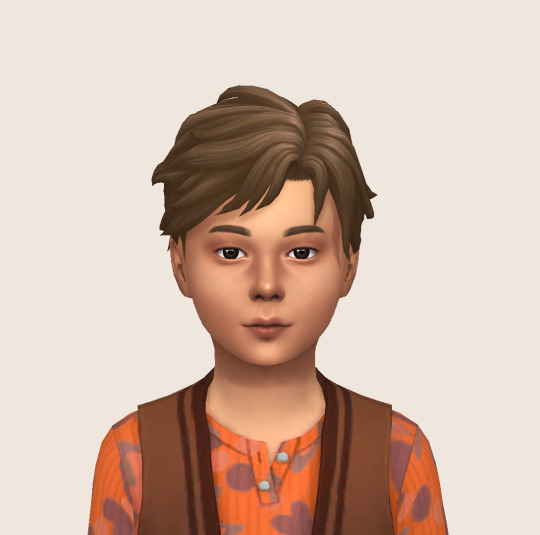
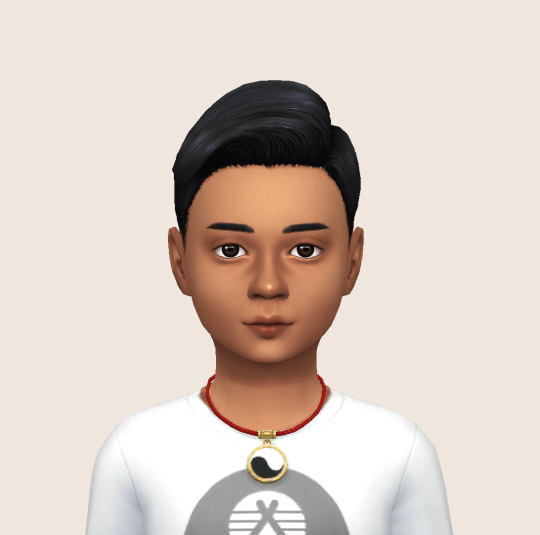

The Balasuriyas 🇱🇰 🇮🇪:
Suranga, his wife Charlotte, his twin sister Upeksha and their three children, Quincy, Liam and baby Ciara. The babies came thanks to science, as Suranga suffers from Klinefelter's syndrome (XXY) and is thus infertile.
They're from 2018-19. Originally, they were royalty, or rather, Charlotte (Chara) was the queen of Ireland in the 1920s. Suranga and Upeksha were not exactly her servants but more like companions to her, and Charlotte got into a secret relationship with Suranga. The Balasuriya twins were in a tense relationship: Upeksha had left Buddhism and preferred to channel everything into a freer version of spirituality and Kandyan dancing, while Suranga was a proper religious zealot yet completely hypocritical about it. In a later version of their story taking place in the mid 90s, they were simply rich people, both families having ties to nobility of their respective birth countries, and Charlotte was dating Suranga since high school.
In-game now, they are simply rich people, like the later version of their story. Descendants of noble people. Charlotte met the twins on a cruise and it was love at first sight with Suranga, although it took a while for his sister to warm up. Upeksha and Suranga still have a tense relationship, but it doesn't overshadow the fact Upeksha is a good auntie to her brother's children.
Quincy is an extroverted and friendly little boy who is quite liked by his peers, Liam is an outdoor enthusiast who is particularly close to his aunt, and Ciara is a curious baby.
#ts4#simblr#ts4 simblr#show us your sims#suranga balasuriya#charlotte balasuriya#upeksha balasuriya#quincy balasuriya#liam balasuriya#ciara balasuriya#sri lankan sims#irish sims#sinhalese#intersex#my sims
6 notes
·
View notes
Text
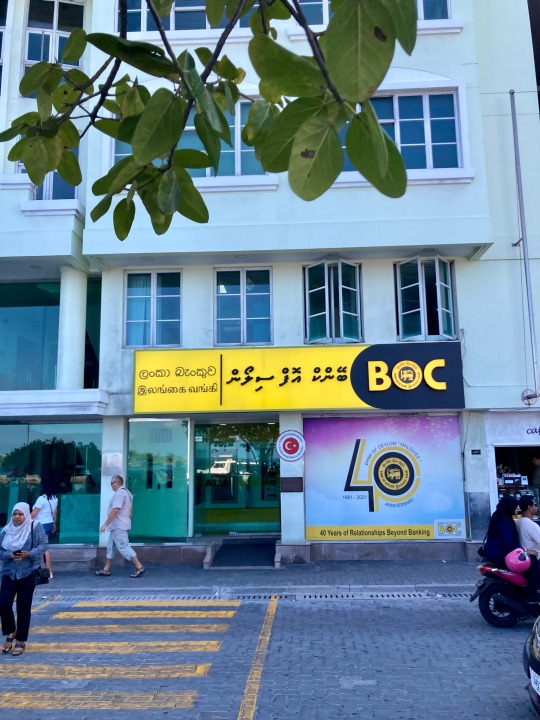
4 notes
·
View notes
Text
Resource List for Learning Sinhala
Hello! Do you want to learn Sinhala but don't know where to start? Then I've got the perfect resource list for you and you can find its link below! Let me know if you have any suggestions to improve it. Here is what the resource list contains;
"Handmade" resources on certain grammar concepts for easy understanding.
Resources on learning the script.
Websites to practice reading the script.
Documents to enhance your vocabulary.
Notes on Colloquial Language.
Music playlists
List of podcasts/audiobooks And a compiled + organized list of websites you can use to get hold of grammar!
#langauge learning#language#language resources#discord server#langblr#desiblr#studyblr#south asia#south asians#culture#desi#sri lanka#sinhala#sinhalese#colombo#sri lanka crisis#asia#jaffna
28 notes
·
View notes
Text
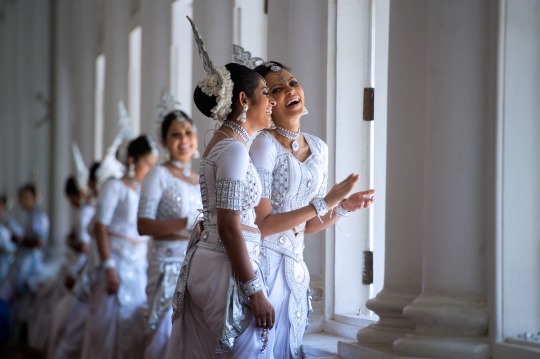
Sinhalese dancers, Sri Lanka, by U.S. Department of State
#sinhalese#sri lanka#asia#south asia#folk clothing#traditional clothing#traditional fashion#cultural clothing
222 notes
·
View notes
Text
Enjoying the fuck out of the Kushiel's Legacy series, but every time one of the characters cry "Ah, by Elua!" (the name of their realm's god) it takes me tf out because "elua" in Sinhalese means "goat". So it sounds like people randomly shouting, "By goat!"
3 notes
·
View notes
Text
[Sinhala->English] Instagram Login Screen Color Coded Translation (Beginner)
———

—
සිංහල
siṁhala
Sinhala
—
Facebook සමග ඉදිරියට යන්න
Facebook samaga idiriyaṭa yanna
Go forward with Facebook
—
—හෝ—
hō
—Or—
—
දුරකථන අංකය, පරිශීලක නාමය හෝ ඊමේලය
durakathana aṁkaya, pariśīlaka nāmaya hō īmēlaya
Phone number, username or email
—
මුරපදය
murapadaya
Password
—
මුරපදය අමතක වුණා ද?
murapadaya amataka vuṇā da
Did you forget (your) password?
—
පිවිසෙන්න
pivisenna
Sign In
—
ගිණුමක් නොමැතිද?
giṇumak nomætida
Don't have (an) account?
—
ලියාපදිංචි වන්න
liyāpadiṁci vanna
Be registered
(Or “Sign up” lol)
—
Please correct me if I made a mistake
#sinhala#simhala#sri lanka#sri lankan#sri lanka language#sinhalese#simhalese#south asia#south asian#sinhala langblr#sinhala language#south asian languages#color coded translation#beginner sinhala#polyglot thought translation
3 notes
·
View notes
Text
When will communal Tamil politicians of Sri Lanka give up their ultra-communal politics and learn to live in harmony with the Sinhalese and when will our politicians put the country first before self interest?
Sudath Gunasekara. President Senior Citizens Movement Mahanuwara. 24.10.2009.
I have been curiously following some of the latest developments brewing in the political field during the past two weeks. I think first it is pertinent to make few comments firstly on two important statements made by two Tamil politicians last week and secondly on the utterly irresponsible and idiotic behavior of the…
View On WordPress
1 note
·
View note
Text

Sinhalese pottery from Ceylon, Sri Lanka
British vintage postcard
#lanka#vintage#photography#british#postkarte#carte postale#postal#sri lanka#briefkaart#postcard#old#sinhalese#ceylon#photo#sri#ansichtskarte#pottery#sepia#postkaart#ephemera#tarjeta#historic
6 notes
·
View notes
Text
The Maldives History!
The earliest written history of the Maldives is marked by the arrival of Sinhalese people, who were descended from the exiled Magadha Prince Vijaya from the ancient city known as Sinhapura in North East India. He and his party of several hundred landed in Sri Lanka, and some in the Maldives circa 543 to 483 BC.

#history#maldives#ancient_maldives#maldives_history#sinhalese#vijaya#prince#sinhapura#india#east_india#sri_lanka#before_christ#tritonmalidves#tritonhotelsandtours#maafushi
0 notes


